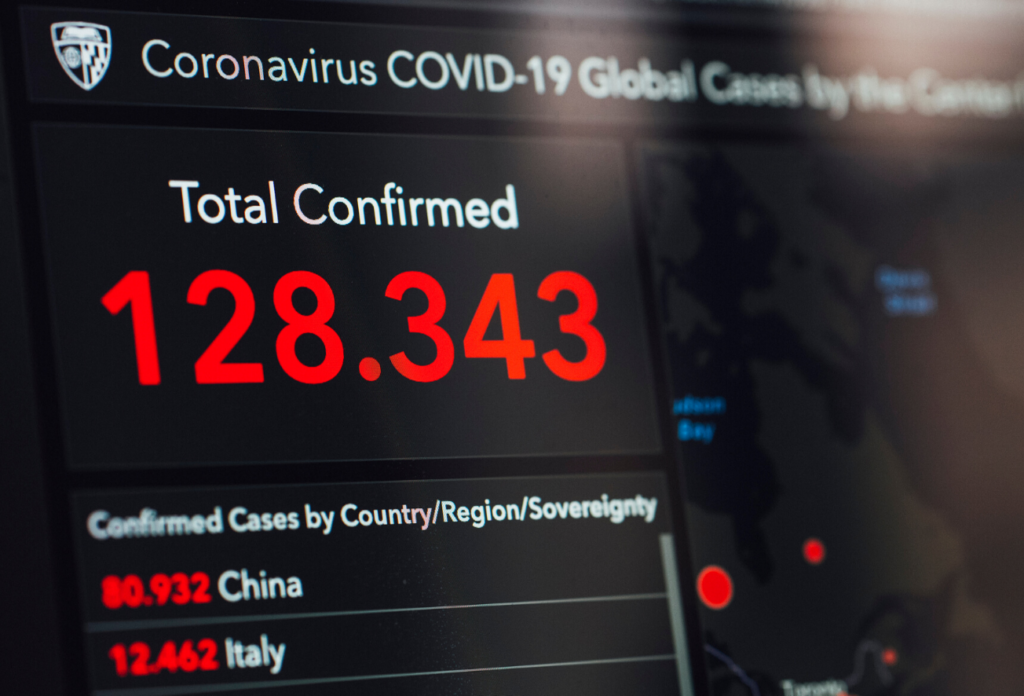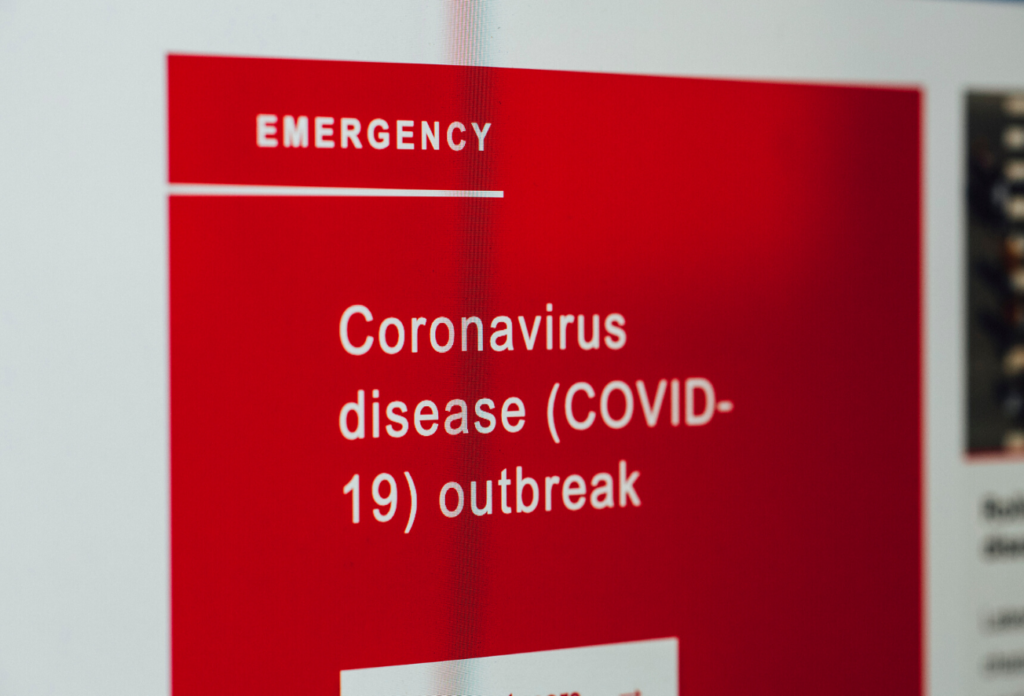Does the U.S. Have a Clear COVID-19 Data Sharing Strategy?
April 29th, 2020
As pharmacies begin to expand access to coronavirus testing, questions remain about the country’s COVID-19 data sharing strategy and workflows.

As pharmacies step up to expand coronavirus testing, again highlighting their pivotal role in the COVID-19 pandemic, there are still questions that remain about COVID-19 data sharing. Data has become a critical and valuable resource for understanding the virus. It’s also having an impact on the decisions that leaders make as they determine if it’s safe to lift stay at home bans. Data sharing is not new to the healthcare ecosystem, but it’s always been fraught with challenges. The question is, are those issues being addressed?
Pharmacies Announce Plans to Expand COVID-19 Testing

Walgreens recently announced a partnership with LabCorp to have drive-thru testing in 49 states and Puerto Rico. The implementation of these testing sites will be determined in collaboration with government officials. They expect to be able to test 50,000 individuals a week. However, patients still must meet certain criteria for testing, as outlined by the CDC. Walgreens will use the LabCorp nasal swab diagnostic test. The pharmacy chain did not clarify how the data will be collected and shared.
CVS also announced that it plans to offer self-swab testing at locations for those that meet the CDC requirements. They expect to have 1,000 locations with the capability by the end of May with the capacity to process 1.5 million tests each month. CVS also did not convey their strategy for COVID-19 data sharing.
Challenges Related to Aggregating and Sharing Testing Data
City, state, and federal officials are all diving deep into data to respond to coronavirus. That data is helping create predictive models regarding the proliferation and spread of the disease. Much of that is based on testing data, which has been under speculation, for several reasons:
- Widespread testing isn’t yet available
- To get tested, patients must meet specific criteria
- There are different tests
- Variables regarding false positives and negatives
In the world of big data, these aspects make the quality of the data questionable. It’s not simply the many variables—lots of data has variables. But remember, there was not a plan in place for how to test for a virus pandemic. The response has been hurried, emphasizing testing, yet states didn’t have the tests or a process.
In a perfect world, it would be possible to aggregate all these streams of data. However, healthcare data sharing has always been a complicated process. COVID-19 has made this all too apparent.
Patient-Level COVID-19 Data
One of the biggest concerns is that patient-level COVID-19 data is not publicly available. The available data lacks comprehensive detail beyond the typical points. To understand the virus and its path, global researchers need access to the data. No such database exists, and it would be a difficult path to make it happen.
If the U.S. already has a world of challenges related to data sharing, which were to be somewhat corrected by the new interoperability rule, then merging information from every nation would seem impossible.
The reason for a database not existing isn’t because of the absence of technology or precedent. For example, the Medical Information Mart for Intensive Care (MIMIC) has been a model of publicly available, de-identified electronic health record data sharing. With MIMIC as a prototype, it’s evidence of the possibility.
Right now, the U.S. is up against many challenges to set a new path—regulatory hurdles, budgets, collection processes, and more.
Interoperability Is Critical Concern in COVID-19 Data Sharing
It is possible to have a greater data sharing initiative with COVID-19, but interoperability deals a lot of uncertainty. First, there is the fact that if pharmacies are acting as testing sites, where does the data go? Pharmacies don’t have EHRs; instead, they use pharmacy software to track patients and medications. It’s not entirely unlike an EHR, but in most cases, the information a pharmacy stores on a patient isn’t what the hospital or medical practice has.
Further, while HIPAA governs regulations on the collection, use, and transmission of PHI, each state has different policies. Those policies are different because insurance is regulated at the state level.
Without national standards on interoperability, the process lacks consistency. It’s already hard to share patient data with another provider, not in their network. How can this possibly scale on a national or global level?
COVID-19 Will Forever Change Data Sharing in Healthcare

The U.S. healthcare system already knew it had a PHI data sharing problem. While we depend on technology to drive efficiency and convenience, it often doesn’t work out that way in healthcare. While the new interoperability rule was already published (its enforcement has since been extended), the coronavirus pandemic will certainly inform it, and any further calls for improved data sharing in the future.
What do you think? What are some practical and proactive steps the country can take right now to improve data sharing?